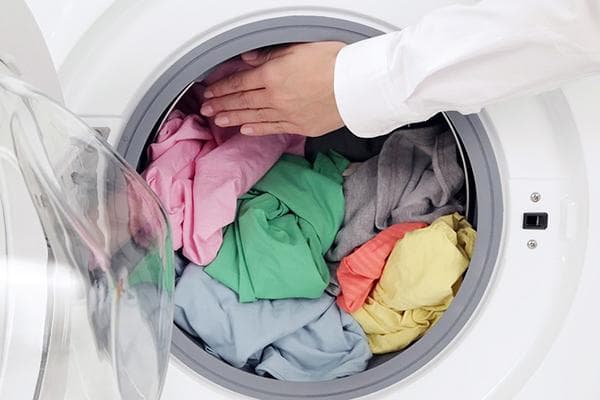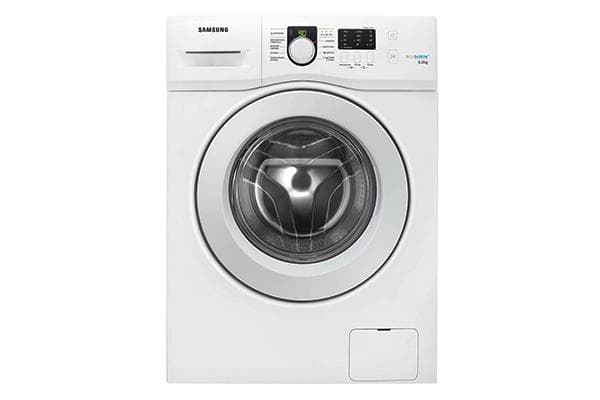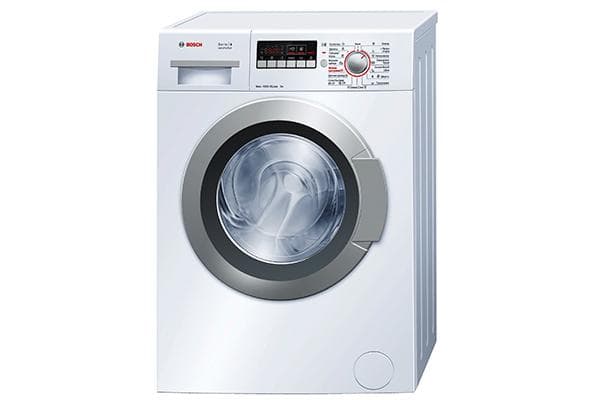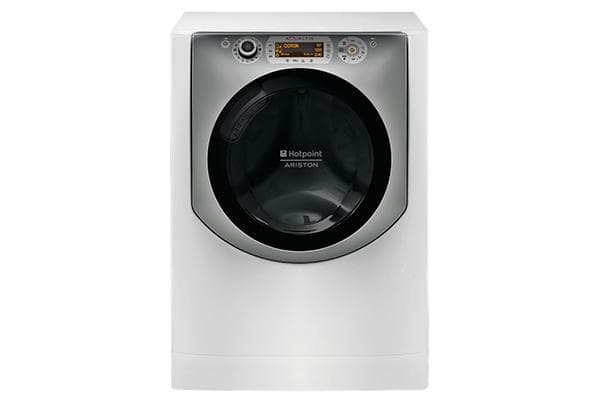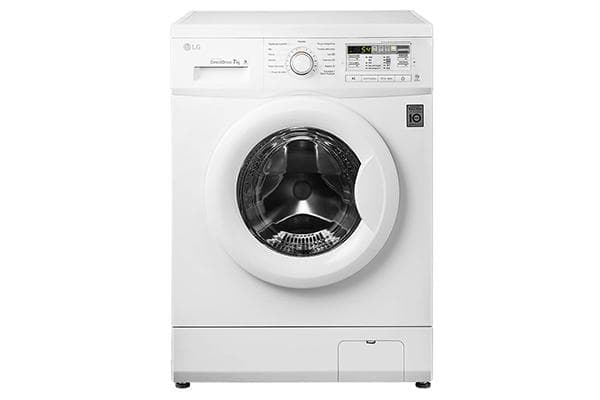Why is water consumption in a washing machine so important and how to measure it?
Long forgotten are the times when clothes were washed and rinsed by hand. A modern housewife cannot imagine her life without an automatic machine, which turns washing into a simple and enjoyable task. The main thing is to choose a model so that the water consumption of the washing machine is minimal.

It is estimated that a small family spends about a quarter of all water consumed in a month on washing in a washing machine. If the apartment has a meter, such expenses will hit your pocket hard. To reduce financial costs, you need to have an idea of what factors influence water consumption and choose the most economical models.
What affects water consumption?
Any washing machine, no matter how well-known the manufacturer it is made, uses a fairly large amount of water. The average consumption is usually indicated in the product data sheet, and this indicator varies greatly for different devices.
As a result of research in which more than a hundred washing units participated, experts concluded that the minimum amount of liquid spent on one wash is about 40 liters, and the maximum is twice as much. Thus, the average consumption per cycle is 60 liters. If this indicator is exceeded two or three times, it means that there is some kind of malfunction in the machine.
The following factors influence water consumption in an automatic machine:
- Model. Modern advanced technology, unlike old uneconomical units, has programs and special functions that can significantly save water resources.
- Program. The amount of liquid used also depends on the selected operating mode of the washing machine. When developing programs, the designer includes in the algorithm the washing duration, rinsing time, spin speed and the volume of liquid poured into the tank. When running long, water-intensive programs, more than average water will be wasted.
- Loading. With an optimal load, that is, when washing exactly the amount of laundry indicated in the product data sheet, the water consumption will be less than with a small load and frequent use of the machine.
- Additional rinse. The housewife is not satisfied with the quality of the wash; there are white stains from the powder on the products or stubborn stains have not been removed - and she activates the re-rinse function, which is available in many units. Naturally, in this case, much more water will be wasted than average.
- Malfunctions. The presence or absence of problems in the machine determines the amount of liquid used. If the device is not connected correctly, the pressure switch has failed or the pump is clogged, the machine can endlessly draw and discharge water into the sewer, and the laundry will remain dirty.
The most economical cars
Buying a washing machine cannot be considered an ordinary purchase, because such equipment can last more than ten years. Therefore, you need to approach the choice of brand and model thoroughly, armed with knowledge about the features of a particular device and familiarizing yourself with the advice of experts.
Here are several modern, economical models presented on the household goods market and in particular demand among buyers:
- Samsung WF60F1R2F2W
All washing machines from Samsung are highly economical. Model WF60F1R2F2W spends approximately 39 liters of water to wash 5 kg of laundry.
- Indesit Wisl
In this Indesit washing machine, the liquid consumption for one wash of 4.5 kg of clothes is 39 liters.
- Bosch WLG20265OE
To process 5 kg of dirty laundry, a Bosch machine will need an average of 40 liters of water. The “quick wash” mode will save another 4 liters, the consumption will be 36 liters.
- Ariston AQS1D29
A functional and incredibly economical washing machine, its water consumption in the 6 kg “quick wash” mode reaches a record level of 34 liters per cycle. The developers of the famous Italian company Ariston equip their products with an automatic weighing system, which can significantly save water resources.
- LG F10B8QD
A washing device manufactured by LG consumes 49 liters to wash 7 kg of textiles. To reduce the amount of liquid used, you can use the JetSpray or Steam Wash function.
Each manufacturer tries to make their products more economical, convenient and functional. The buyer can only make the right choice in accordance with his wishes and financial capabilities.
How to calculate excess water consumption?
Before you sound the alarm and complain that the washing unit uses an unreasonable amount of water, you need to find out whether such a problem really has arisen. To do this you need to do the following:
- See the product data sheet for the average water consumption for this model.
- Note the meter readings and start the machine, setting the most economical program.During the experiment, the taps in the apartment must be turned off, otherwise the calculations will be incorrect.
- After the cycle is completed, record how much water was used.
- Now you need to turn on the long program and count the number of cubes spent when working in this mode.
- By adding the resulting values and dividing in half, the actual average fluid intake is determined.
If this figure is approximately equal to that indicated in the technical passport, or differs by no more than 10 liters up or down, then everything is fine with the machine. Otherwise, when the actual consumption is 30–40 liters more than that indicated in the documentation, you need to look for a malfunction.
When selecting a washing machine, water consumption should not be ignored. It is better to buy a model that is more expensive, but economical, reliable and functional, with additional features, than a “washing machine” with high water and energy consumption.
